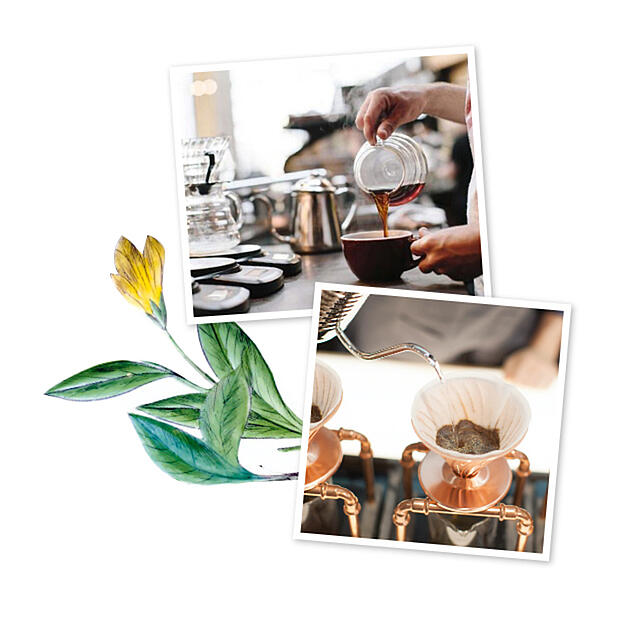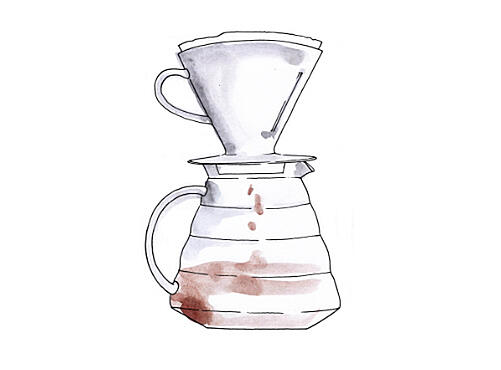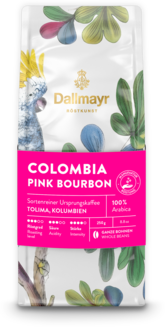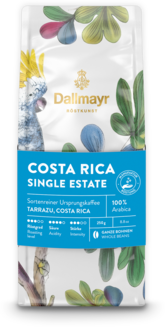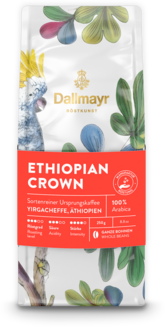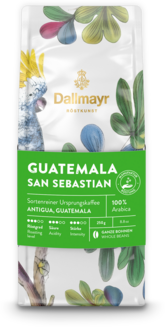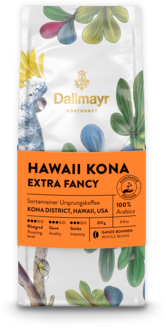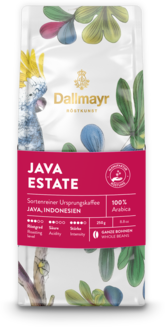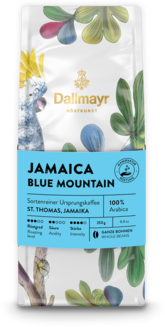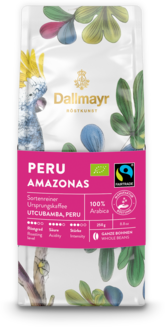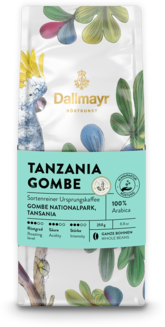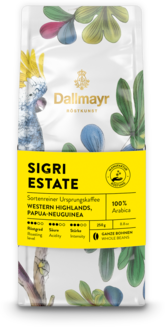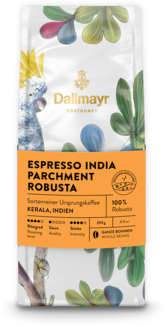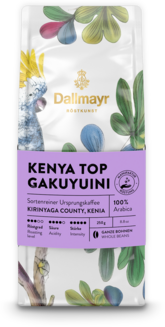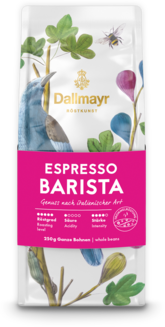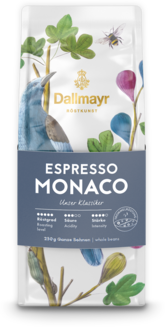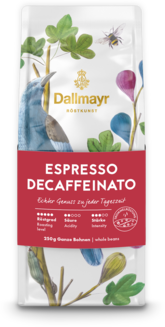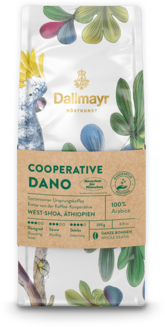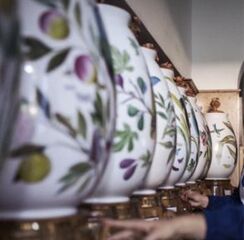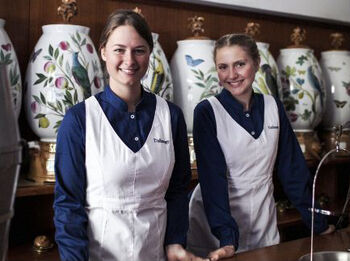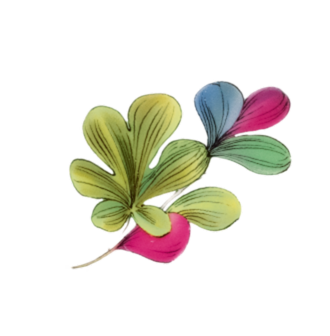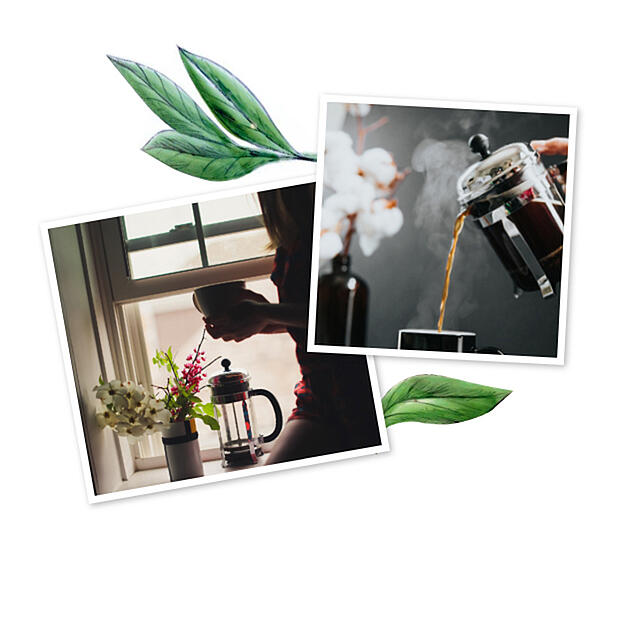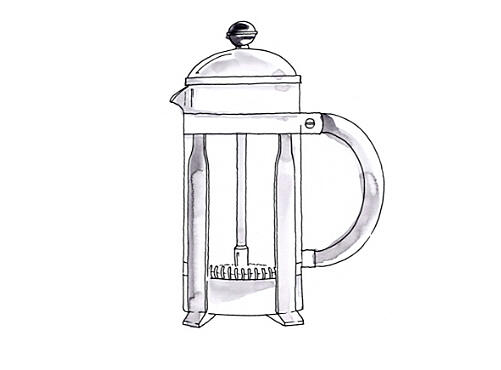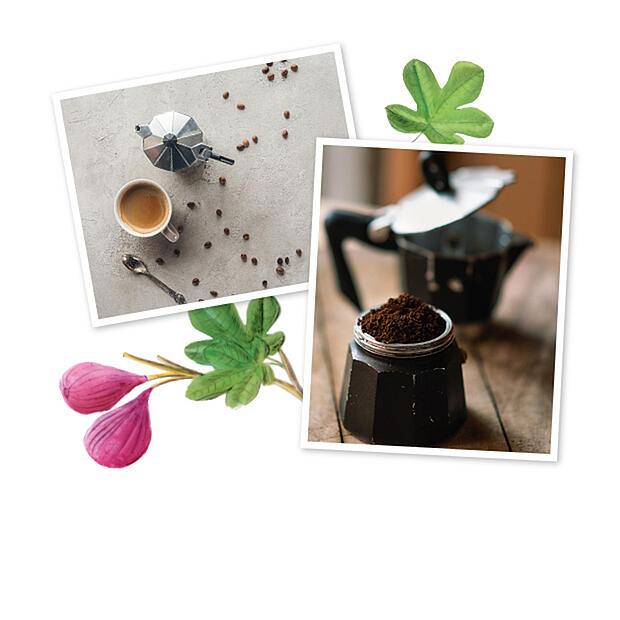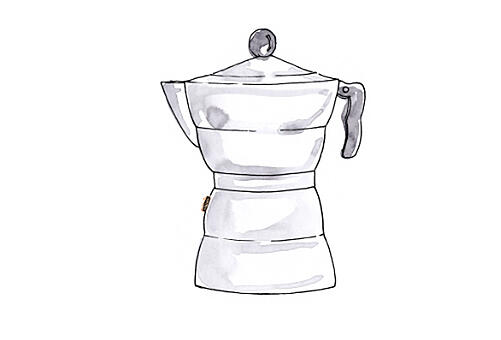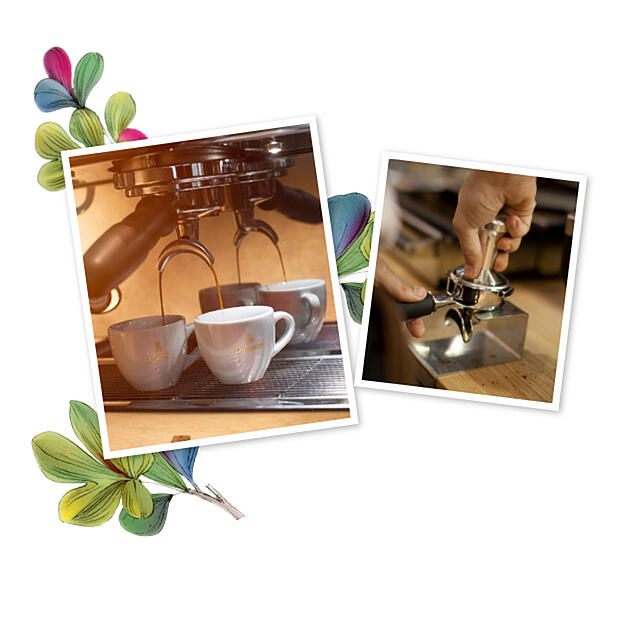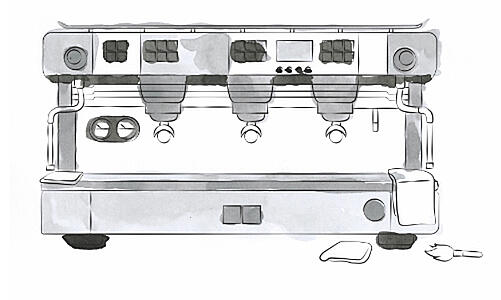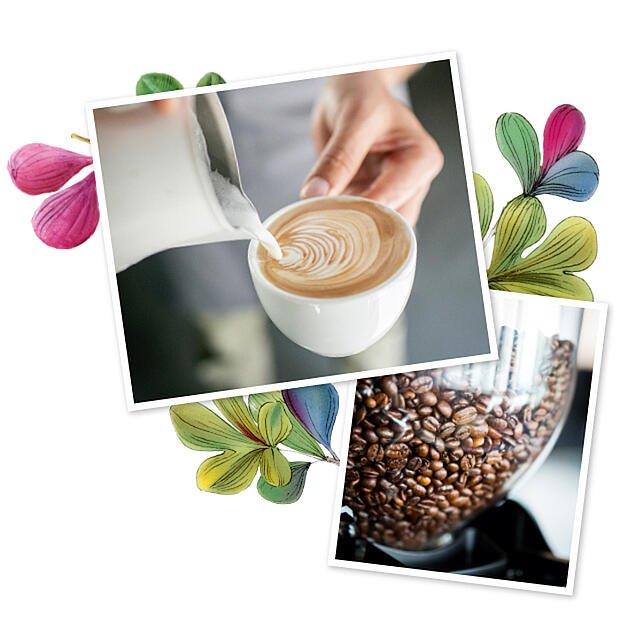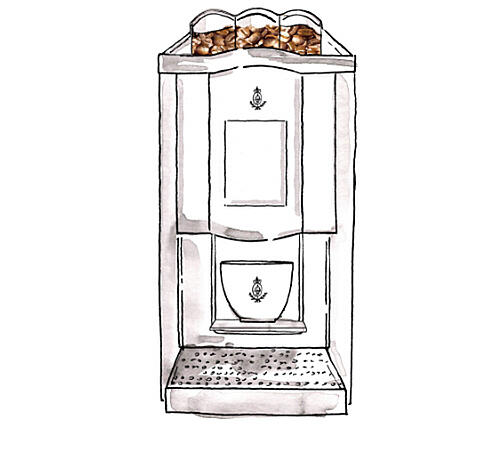Our range is all about the art of roasting. It’s a brand promise that sums up the long-established tradition and philosophy of Dallmayr: 90 years of craftsmanship, experience and passion for coffee. With top quality and a love for detail, we provide pleasure in a unique form. You’ll discover popular filter coffees and espressos, new and outstanding single origins, a decaffeinated espresso, as well as speciality coffees and limited editions.
For our new packaging design, we took inspiration from our Nymphenburg porcelain coffee vases, which for decades have formed the very heart of our coffee department. With these exotic motifs, you can now enjoy the flair of Dallmayr in your own home. What’s more, the colourful product sleeves include fascinating information about each coffee – for example their origin, flavour and processing methods. And in keeping with the delicate art of coffee roasting, all varieties are roasted particularly gently in a drum roaster or through our special roasting process. For coffee pleasure with the perfect flavour and aroma.
